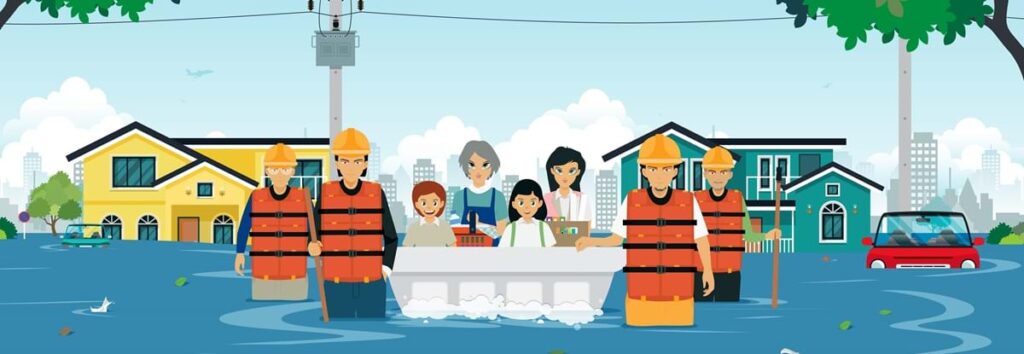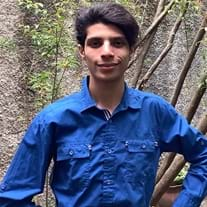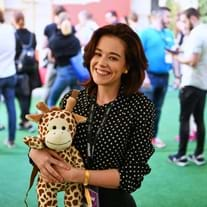The Need for Centralized Info in Crisis Management
Junior Academy students develop an app that addresses the immediate mental health needs of those impacted by hurricanes and other traumatic natural crises, much of which is worsened because of the lack of centralized information during crisis scenarios.
Published May 1, 2019
By Mandy Carr
Academy Contributor

Four high school students from around the globe came together for the Junior Academy‘s Natural Disasters: Relief & Recovery Challenge to create a solution that could help reduce future devastation. The team designed a response model that could be used for many types of disasters, not just hurricane. They used Hurricane Katrina as their case study with a focus on addressing mental health needs for those impacted.
In their analysis, the lack of central information is a common struggle for those responding to disasters. To address that struggle, the team determined that gathering critical information in high-risk and disaster-prone areas before disasters happen would provide a useful baseline for responders. To that end, they created a smartphone-based community survey app that can regularly collect information about residents financial and employment status, mindset, living habits, and mental health. These same survey tools could then also be used after disasters to understand what has shifted. Additionally it might access how to tailor interventions and where critical needs and assets exist.
The team’s winning solution was one of 40 submitted. It garnered them a trip to New York City for the Global STEM Alliance Summit, held July-July 26, 2019.
Meet the students and learn about why they feel passionate about their idea:

Luis G. Alvarez
Luis G. Alvarez, 17, is from Colegio Integtral Mesoamericano Patzicia in Guatemala. He has personal experience with natural disasters following the eruption of Volcan de Fuego in 2018. He and his family were required to evacuate.
“I remember getting some tools and hearing something like rain falling on the fallen leaves,” said Alvarez. “At first, I didn’t recognize what it was, but once I put on my raincoat, I realized it was ashes and sand, not rain. I told my parents, and we quickly got into the car and left.”
This inspired him to participate in the Natural Disasters challenge.

Samiksha Raviraja
“Looking at the world around, there are events happening constantly,” said Samiksha Raviraja, 17, from Renaissance High School in Charlottesville, VA. “Some of the most haunting ones are those that happen in nature and result in great damage to communities. I wanted to be able to help in some way.”
It scared her to see the disasters that were happening across the globe on TV. The word “disaster” was what drew her to this challenge in particular.
“While procedures exist to help people in the best possible way to save their lives, not many procedures exist that look into the mental health of the patient after a disaster has happened,” said Raviraja. “With PTSD, it is possible for the trauma to be passed down to children.”

Eszter Varga
Natural disasters are something Eszter Varga, 19, from Szerb Antal High School in Budapest, Hungary has always wanted to help resolve, especially because they are “becoming an emerging issue with climate change.”
“The part that really touched me and my fellow teammates, was the fact that post-Katrina, PTSD claimed thousands of lives,” said Varga.
“We discovered the mental health aspect of disaster relief is typically an untreated issue.”

Thuy Tran
Thuy Tran, 16, from Le Hong Phong High School for the Gifted in Nam Dinh, Vietnam, echoed the team’s desire to focus on mental health when creating their solution.
“Hurricane Katrina claimed many lives post-disaster because of rushed treatment ideas, poorly planned information flow, as well as lack of education and data gathering,” said Tran.
